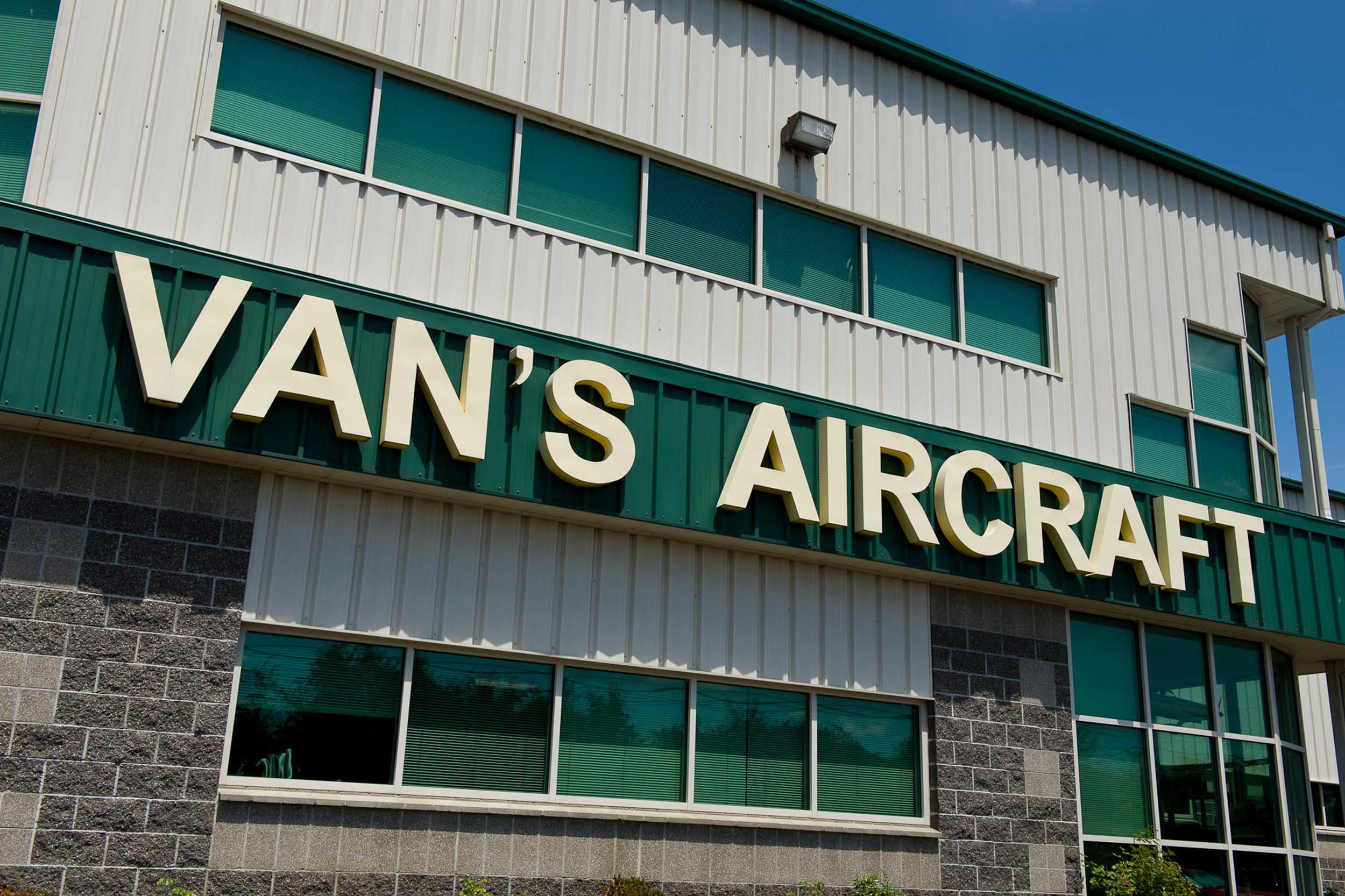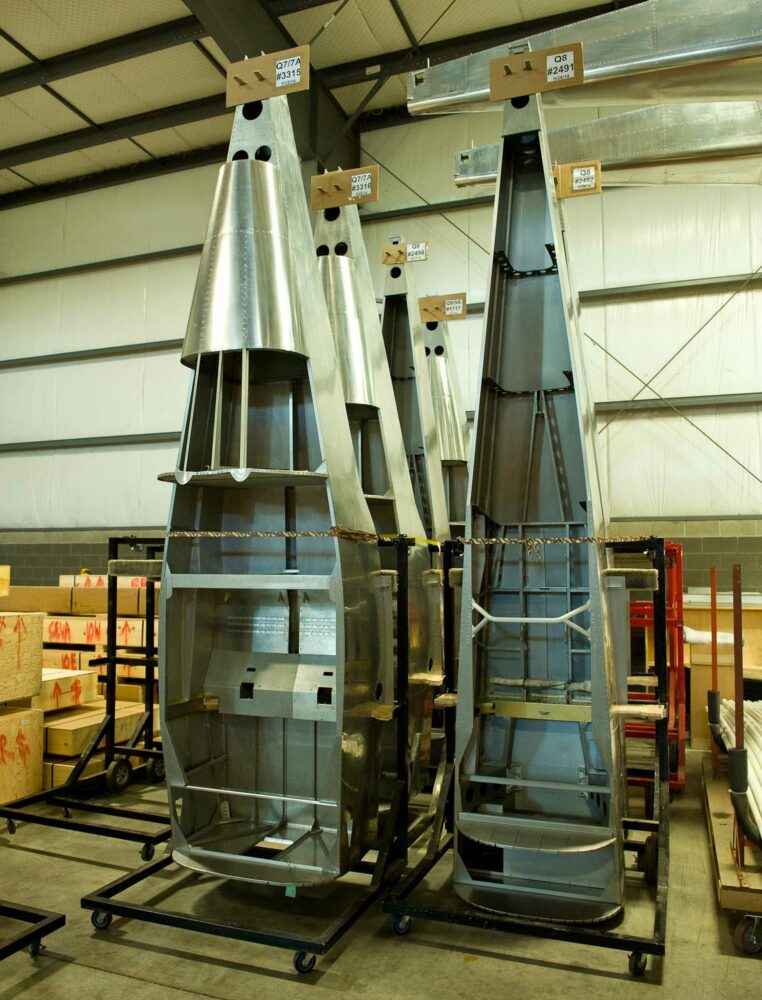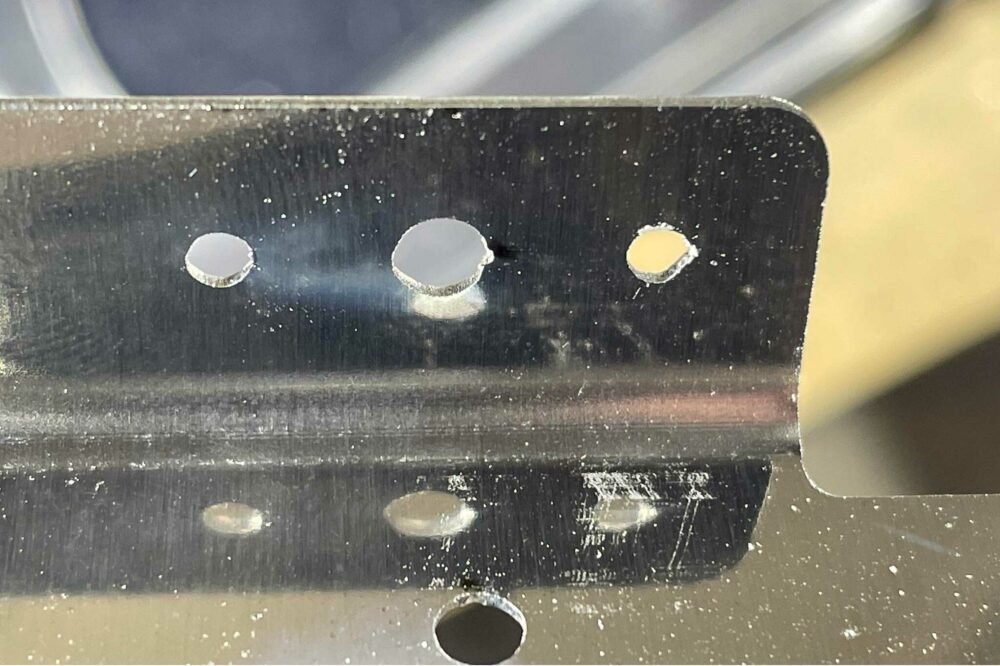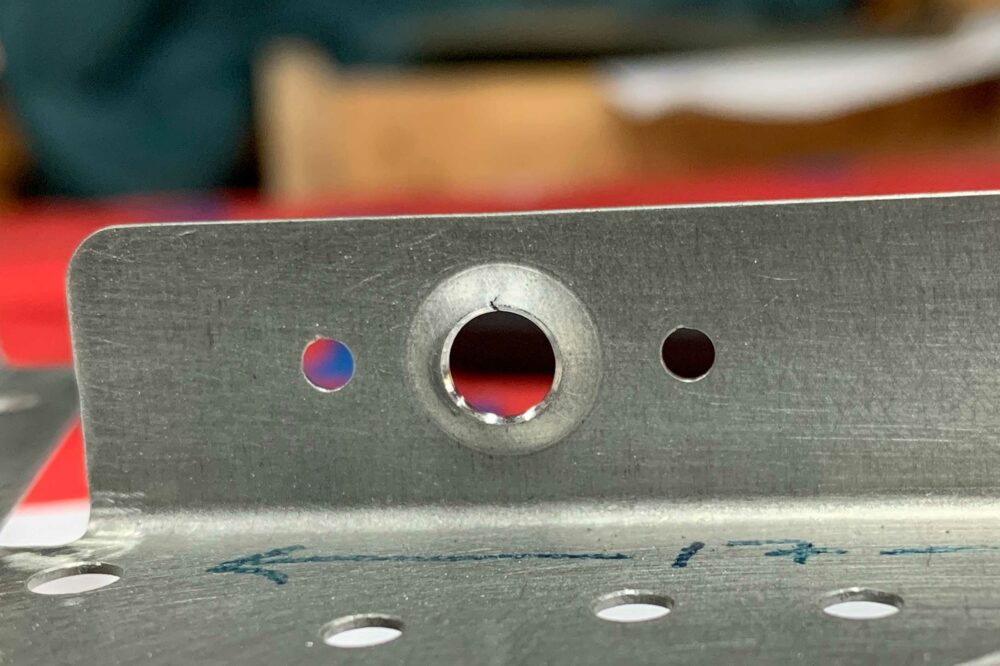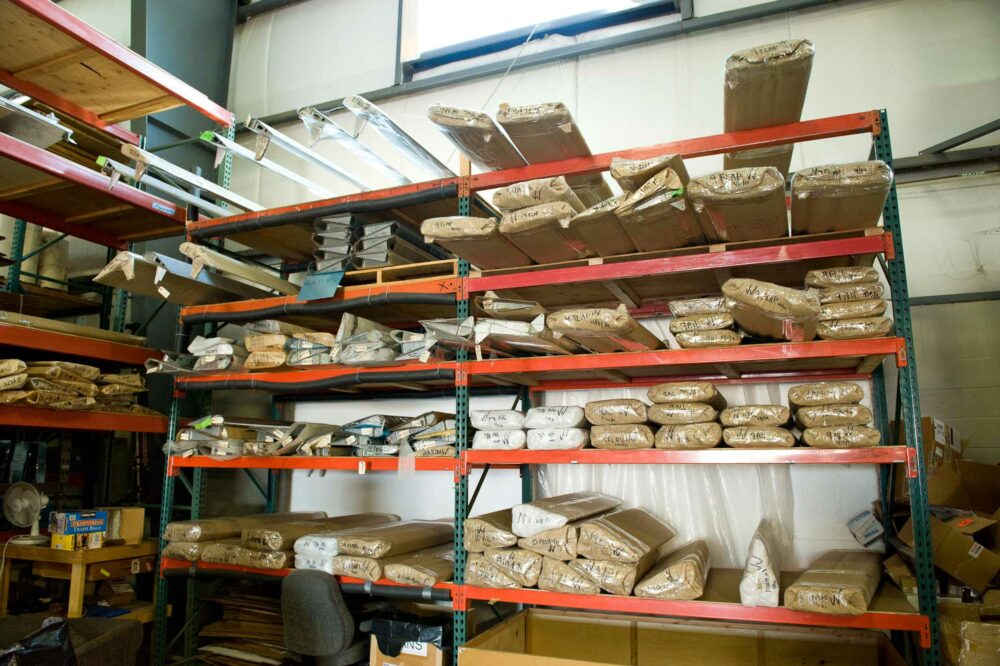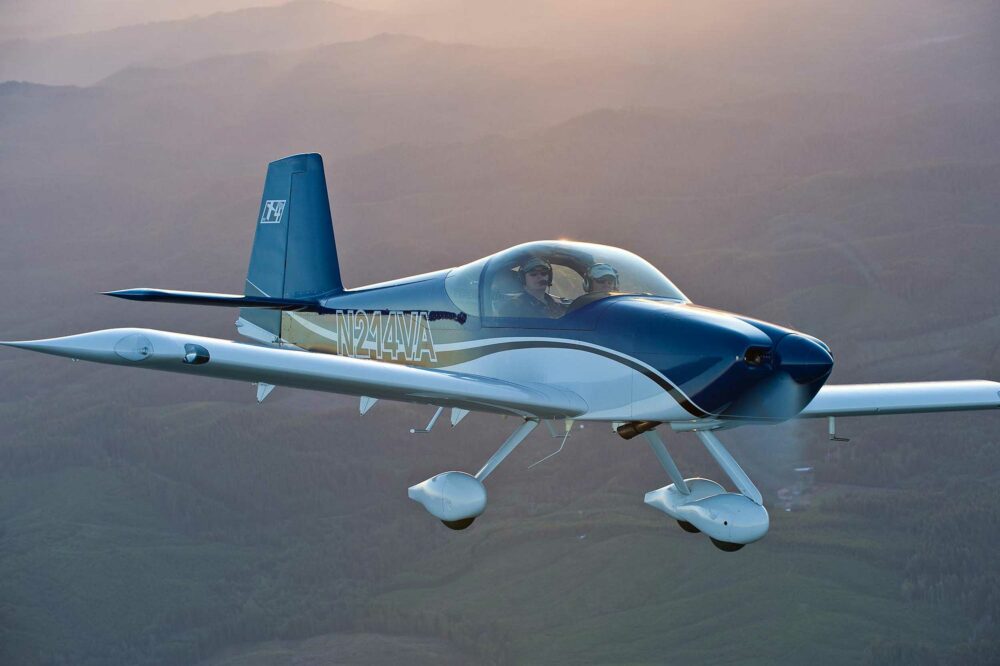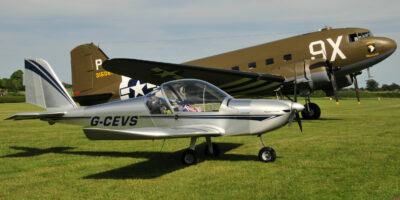A path to recovery?
One thing that seems likely is that Van’s products will prevail. The trail of successful kitplane manufacturers that have been face to face with bankruptcy includes Europa Aircraft, SkyStar Aircraft who made the Kitfox, and Stoddard-Hamilton Aircraft who produced the Glasair and Glastar.
The Stoddard-Hamilton story may sound familiar here. Famous for the world’s first pre-moulded composite kit aircraft, over time their kits became increasingly popular and easy to assemble and fly. By 2000, however, the company’s low profit margins finally led to bankruptcy.
After buying the firm’s assets and forming Glasair Aviation LLC in 2001 to continue production of Glasair and GlaStar kits, new owner Tom Wathen hired Mikael Via as its president and chief operating officer.
Via is credited with the successful turnaround of Glasair Aviation, including creating the ‘Two Weeks to Taxi’ programme. Customers spent two weeks with their kit at the factory creating an almost complete aircraft they could take away and apply the finishing touches to at home. In 2011 when Wathen, then 82, decided it was time to sell Glasair, Via guided the sale of the company to the Jilin Hanxing Group and retired.
Now Mikael Via has been named as the new Van’s Aircraft interim CEO – that could be seen as good news. He’ll work with experienced advisors from Hamstreet & Associates, a Portland, Oregon-based firm that specialises in provide financial expertise, to help Van’s move forward.
One thing is for sure, with an existing fleet of over 11,000 flying RVs to support, and thousands of RVs in a finishing pipeline that supports the sale of new engines, avionics and hundreds of different accessory parts, what follows in the next few weeks and months is equally as critical for Van’s as it is for the wider light aviation industry.


